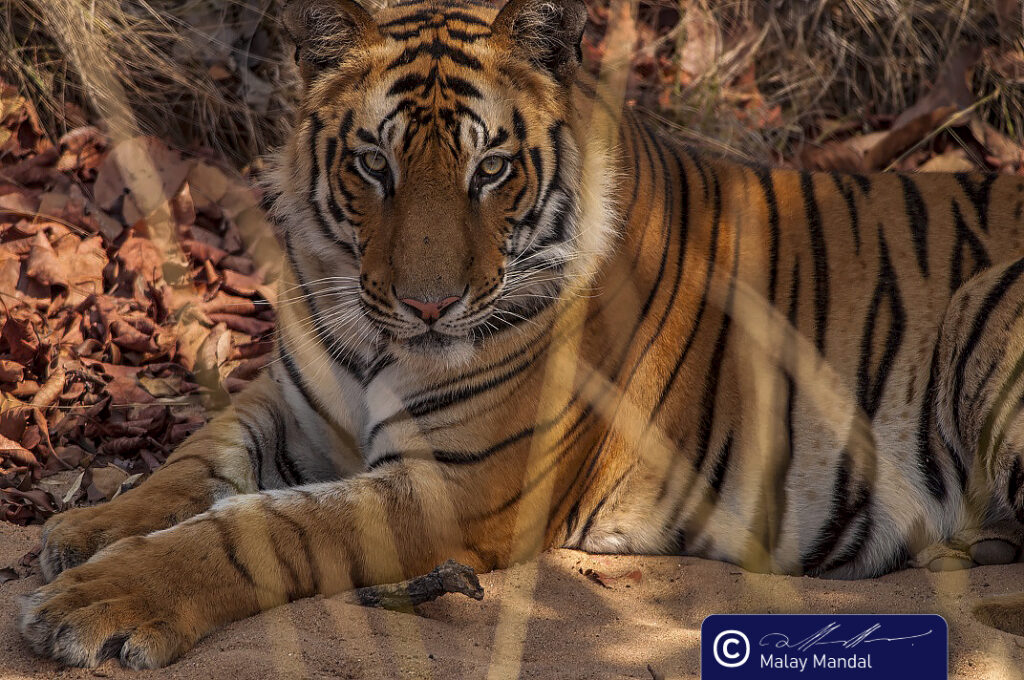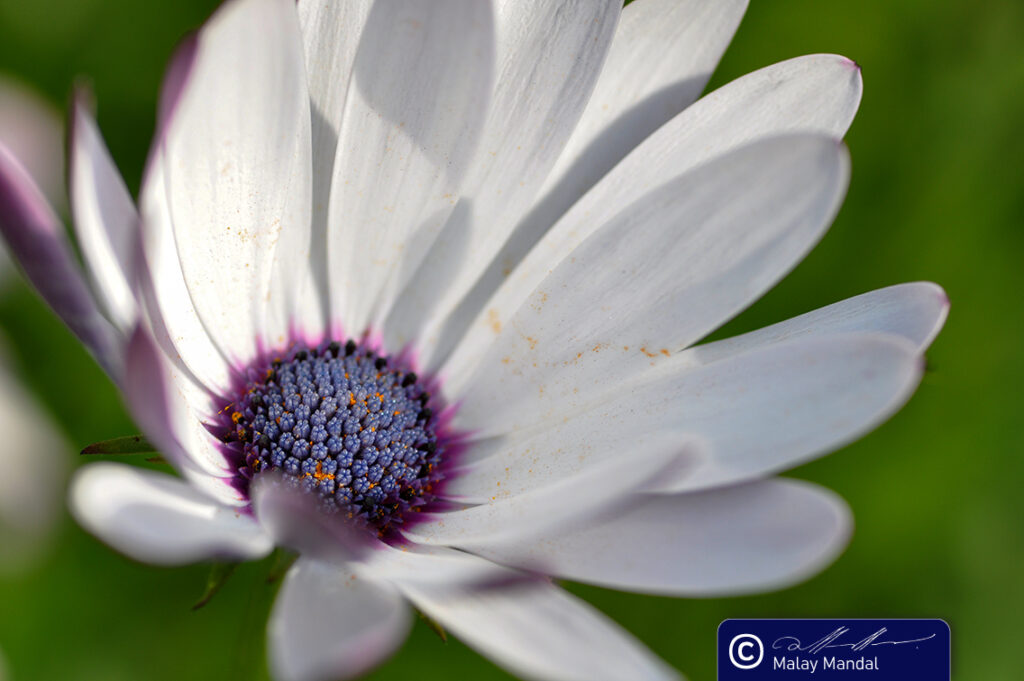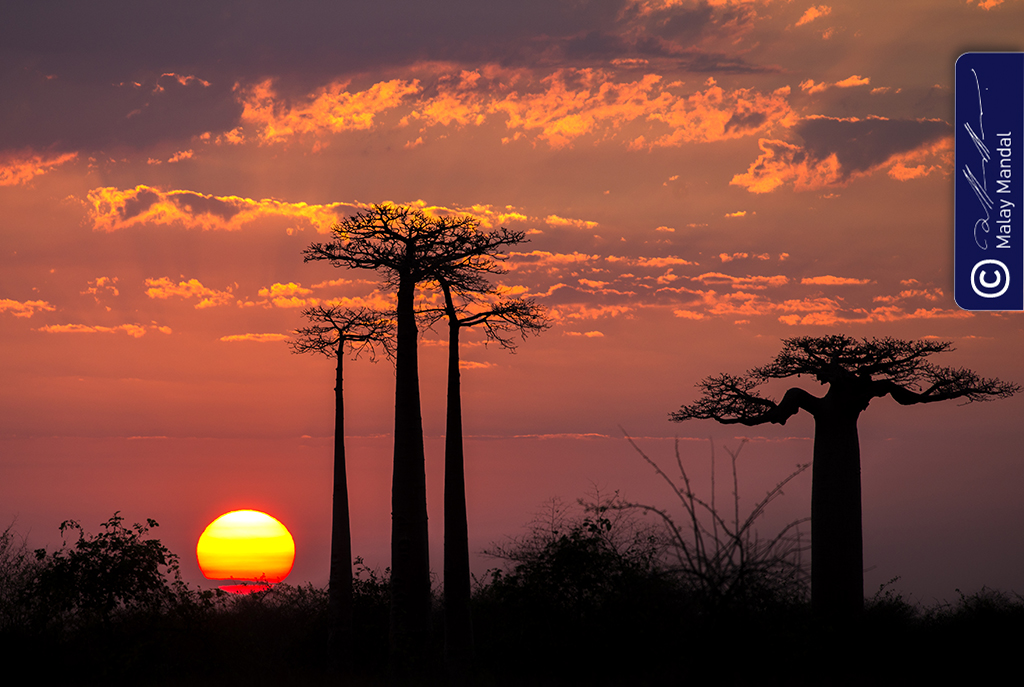My Love for Photographs!

“One good photograph can educate people about the environment, much more than a shelf full of books.” T N A PERUMAL
For those who believe “Seeing is believing” no words – articulated and eloquent – can portray the many spectacular possibilities that a human life can open up. Mankind’s first tryst with depicting interesting things left us with painted walls in caved shelters, largely for recreation. During medieval times, paintings became hugely popular with the ruling classes. A quest to remain afresh in the memories, triggered artworks that we now know as “Portraits.” Abu’l Hasan, Nadir al-Zaman created such a masterpiece – a life-size portrait of Mughal Emperor Jahangir – sometime around 1617 CE that recently went for a whopping sum. But, the problem remained the painstaking labor involved and no scope of multiplication. Lithographs, offered duplication but still a far cry from realism. At the end of 18th century the Daugere type photography was born and commercial photography started. Starting with the royalty, nobles, forts and palaces man made things, a few pioneers started to capture what mother nature had endowed upon planet earth.

In addition to the royals, the upper strata of society rushed up to embrace the new idea of being photographed; it was akin to being attained eternity before the demise. A course in “Photography” was as much in demand as “Artificial Intelligence” is pursued today. Lala Deen Dayal, who was to become the first Indian photographer, enrolled at the Thomason College of Civil Engineering (now known as the IIT – Roorkee) for a course in photography. Because of the high number of princely states and noblemen, many British companies including Bourne and Shepherd got lured to this commercial prospect. Starting with Shimla, the imperial summer capital, they started studios at Agra, and then Calcutta. Imperial durbars were incomplete without the retinue of photographers from B&S. The most popular photograph featuring a local to come from this illustrious studio is surely the one featuring Ramakrishna Paramahansa.


I just love images; A photograph for me is a slice of history; a moment that will not re-appear, ever again. My first encounter with a camera happened during my early school days. Those days, I really enjoyed being photographed and would glance through my photos whenever time would permit. During my college days’ dad gave me my first ever Camera – Canon Prima BF-80 – that made me feel like a Royal. I would save money, or plead with my mom for a princely sum of 100 bucks for buying a film. The frames were judiciously decided and planned well in advance. The gala event of getting the film printed and arranging the pictures in the free album was one of my favorites. The album would soon be frisked around for a few days to come.


My first digital camera Point-n-Shoot Sony CyberShot DSC H1 came after a prolonged research; digital photography had already taken over traditional film photography and mega-pixel was the new buzz word. “ISO” “DIN” had become things of past. The best thing with digital photography was its nearly negligible time cycle in producing an image. In fact, it’s a real –time affair. Having traveled frantically with my Sony, I opted for a digital SLR – a Nikon D60 with Nikkor 18-55mm kit lens. This opened a new world; I became greedier and acquired a whole set of new lenses made. Starting with the inexpensive Telephoto Tamron 70-300mm, came the optical masterpiece Nikkor 50mm f/1.8. Ken Rockwell’s review convinced me as I enhanced my booty with Tokina 11-16mm and a new body – Nikon D5000. With Ajanta on mind came Nikkor 35mm f/1.8 – a super sharp low-light DX lens. After few more experimentations, I settled for Nikkor 300 mm f/4 as a staple telephoto.


One day during a random research I landed upon “Zenitar 16mm Fish Eye” and there begun another love-affair of a lifetime. While ordering the Zenitar, I ordered two vintage cameras from www.rugift.com. The arrival of Zorki 6 and Zenit ET fueled the fire further. In addition to acquiring more optical formulations, I kept on reading about the historical advancement in optics. How Dresden was bombed and the German technology moved into USSR, post WWII. The optical designs were smuggled into Russia and produced in mass. While the Germans had perfection, the Russians had numbers. Soon, I got hold of immaculately machined “Made in Dresden” EXA from an antique dealer. Arsenal’s Kiev-10 – a dream design – was a love-at-first-sight. Having failed to get it through the many on-line sellers, I reached out to Yuri Boguslavski of www.fedka.com.


On weekends, the spell of madness would drive me to my antique dealer; the acquisition would generally have 5-6 cameras. This was followed by some indigenous CLA at home with Brasso, Colin and any perceivable cleaner available at hand. The detailed job of finding props for a photo-shoot would keep me engaged till the time my mother would finally shout at me. I even made a compendium of all my cameras, with details such as serial number, year of manufacture, lens – focal length and f-number, aperture mechanism etc. despite my busy official and personal engagements. On day a friend came in and happed to see my album. He was shocked, and asked, “What do you achieve in photographing and compiling this collection of your cameras, when you own them?” I decided not to reply. But I always knew and believed – “Aatma ki shanti ke liye nafa nuskaan nahin dekha jata!”


Year 2013 brought a new tsunami in life; photography also got new impetus. While travelling to Cambodia, I got my first Rangefinder Fujifilm Camera – Fujifilm X100S. It took only a few days for me to realize the unmatched image quality that the Fujinon 23mm F/2 offered. I almost abandoned my Nikon gear. Light-weight, Classic Retro look, and low-light performance, I effortlessly drifted towards Fujifilm. In 2017, when I was planning a month-long adventurous trip with my family including 3-year daughter, I wanted a light set for wildlife. Nikkor 300mm f/4 PF on Nikon D610 solved the problem while I captured the landscapes on my Nikon D750 + Tokina 11-16mm f/2.8 and Fujifilm X100S. Very recently I happen to explore the medium format Fujifilm GFX50S and must say the camera is undoubtedly at par with the very best options available in the market today.


I do a whole range of camera work – from travel to wildlife, from heritage documentation to familial birthday parties (only for family and friends). But largely my exploits have been in documenting India’s rich natural and cultural heritage. India remains my first love; despite travelling through the length and breadth of India for over two years – from rural to urban, from wild to sophisticated, monumental to non-descript – my hunger to see more of my mother land is inexhaustible. My dream is to explore more of India and capture it on the best of cameras; I want to showcase the real wealth of India through my photography. The journey is on … I am currently researching on Angkor and would love to travel there anytime soon to do a more exhaustive photo documentation. Birds of Paradise have also been teasing me for quite some time and I am sure an expedition is around the corner.


There is no single answer as to what make any photograph special? The time, the expressions, the surroundings, or the precise moment that has already been lost. Even now, when I find time, I take out my old albums and glance through old B&W photographs from the by-gone days. The science of Photography has advanced beyond imagination; if the purists still vie for film photography; digital age has surely arrived. Who wants to read the light, select an ISO setting, adjust aperture, fine tune focal length and go for the Shutter Release. It’s a fast world; there’s no time. How many photographers can even imagine the pains that Frederick Walter Champion took to capture the fascinating images, that too without disturbing the subject. With Digital photography life has become “EASY.” Today when jet-age techno-kids playfully click using their mobile phones, I-pads and instantly share the same on social networking sites, hardly can they appreciate the transformation that “Photography” has undergone to arrive at this stage of sophistication.

